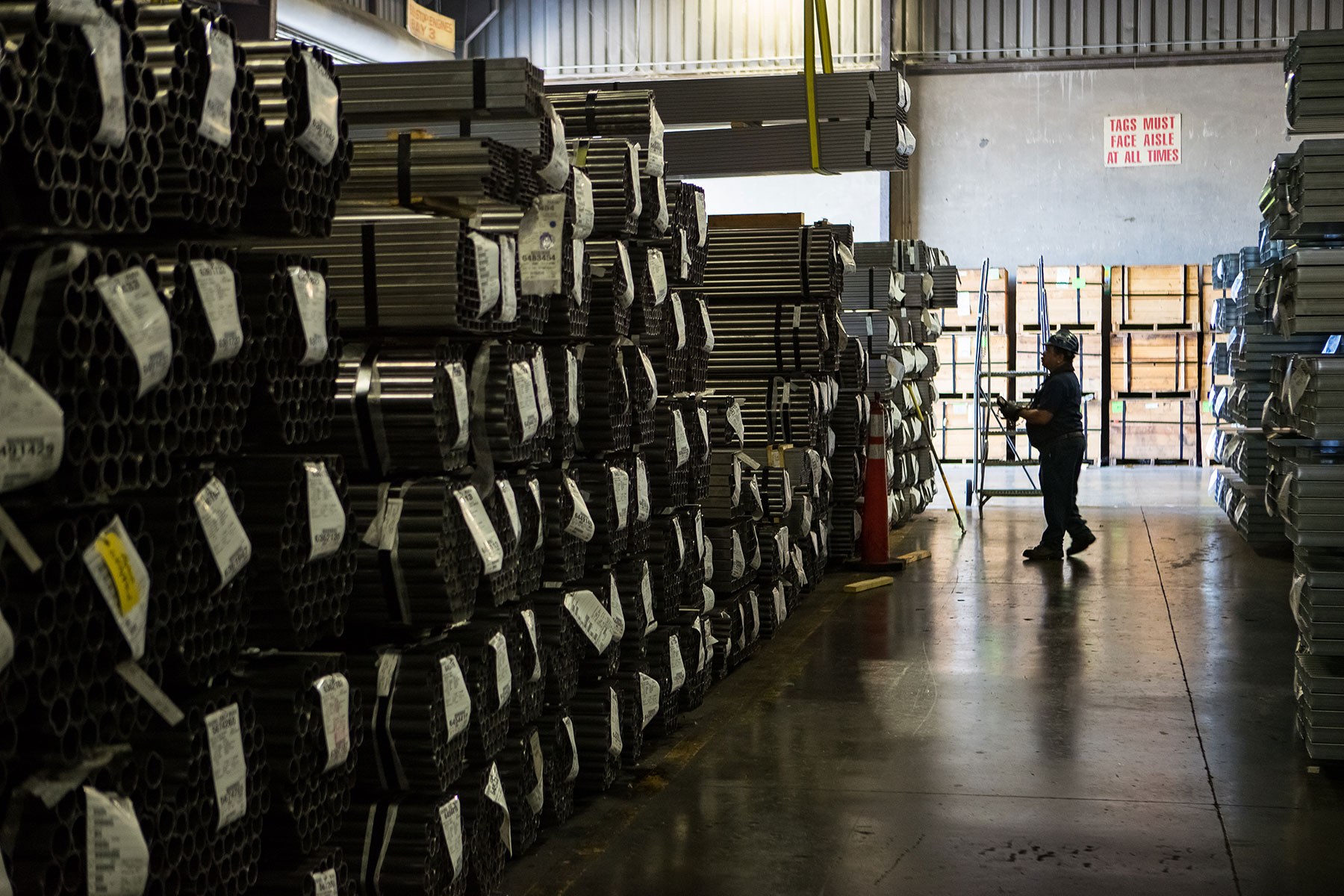Secondary tubing cutting lines are lines that are used to cut tubing into smaller sections after it has been produced in a primary manufacturing process. They are often used in the manufacturing of industrial products such as pipes and tubing for the energy and construction industries. The cutting process can be done using various methods such as saws, lasers, or water jets.

Answer:
Secondary tubing cutting lines are a type of metals equipment used in the manufacturing of pipes and tubes. These lines are typically used for finishing and processing of pipes and tubes that have already been formed, welded, and cut to length. The purpose of secondary tubing cutting lines is to produce high-quality finished products that meet the required specifications and standards.
Secondary tubing cutting lines may include various types of equipment, such as:
They can be designed to handle a wide range of materials, including carbon steel, stainless steel, and aluminum pipes and tubes. The specific equipment used in the line will depend on the requirements of the manufacturing process and the properties of the metal being processed.
Overall, they play a critical role in the production of high-quality finished products. They help to ensure that the pipes and tubes meet the required specifications and standards, and that the finished product is durable and fit for its intended purpose.
Answer:
Secondary tubing lines can be used for a variety of metals, including carbon steel, stainless steel, and aluminum pipes and tubes. The specific material used on a secondary tubing line will depend on the requirements of the manufacturing process and the properties of the metal being processed.
Secondary tubing lines are typically used for finishing and processing of pipes and tubes that have already been formed, welded, and cut to length. These lines can include various types of equipment, such as straighteners, cut-off machines, bending machines, and inspection equipment, to produce high-quality finished products.
In the case of carbon steel pipes and tubes, secondary tubing lines may be used to remove any burrs, scale, or other surface imperfections from the metal. For stainless steel pipes and tubes, the secondary tubing line may include a polishing machine to give the metal a smooth, polished finish. In the case of aluminum pipes and tubes, the secondary tubing line may be used for cutting, deburring, and other finishing processes.
Overall, secondary tubing lines can be used for a variety of metals, including carbon steel, stainless steel, and aluminum pipes and tubes. These lines play a critical role in the production of high-quality finished products, ensuring that the metal meets the required specifications and standards.
What are secondary tubing cutting lines?
Answer:
Secondary tubing cutting lines are a type of metals equipment used in the manufacturing of pipes and tubes. These lines are typically used for finishing and processing of pipes and tubes that have already been formed, welded, and cut to length. The purpose of secondary tubing cutting lines is to produce high-quality finished products that meet the required specifications and standards.
Secondary tubing cutting lines may include various types of equipment, such as:
They can be designed to handle a wide range of materials, including carbon steel, stainless steel, and aluminum pipes and tubes. The specific equipment used in the line will depend on the requirements of the manufacturing process and the properties of the metal being processed.
Overall, they play a critical role in the production of high-quality finished products. They help to ensure that the pipes and tubes meet the required specifications and standards, and that the finished product is durable and fit for its intended purpose.
Are secondary tubing lines used for carbon steel, stainless steel, or aluminum pipes and tubes?
Answer:
Secondary tubing lines can be used for a variety of metals, including carbon steel, stainless steel, and aluminum pipes and tubes. The specific material used on a secondary tubing line will depend on the requirements of the manufacturing process and the properties of the metal being processed.
Secondary tubing lines are typically used for finishing and processing of pipes and tubes that have already been formed, welded, and cut to length. These lines can include various types of equipment, such as straighteners, cut-off machines, bending machines, and inspection equipment, to produce high-quality finished products.
In the case of carbon steel pipes and tubes, secondary tubing lines may be used to remove any burrs, scale, or other surface imperfections from the metal. For stainless steel pipes and tubes, the secondary tubing line may include a polishing machine to give the metal a smooth, polished finish. In the case of aluminum pipes and tubes, the secondary tubing line may be used for cutting, deburring, and other finishing processes.
Overall, secondary tubing lines can be used for a variety of metals, including carbon steel, stainless steel, and aluminum pipes and tubes. These lines play a critical role in the production of high-quality finished products, ensuring that the metal meets the required specifications and standards.
Solar energy runs on metal. Copper, silver, zinc, aluminum, and (of course) steel...
Aluminum extrusions have been used in the solar industry for decades, and we’re...
Solar panel manufacturing is a complex process that involves sourcing materials, such as...
Solar energy manufacturers rely on solar energy equipment suppliers who can provide high-quality...
Humans are harnessing the wind’s energy with wind turbines, windmills, and other technologies...

X
The Kloeckner Metals website uses modern technologies. Unfortunately, your browser doesn't support those technologies.
Download the latest version of one of these browsers to experience the site: